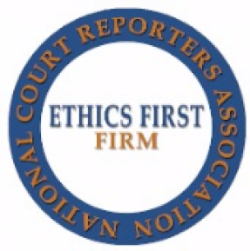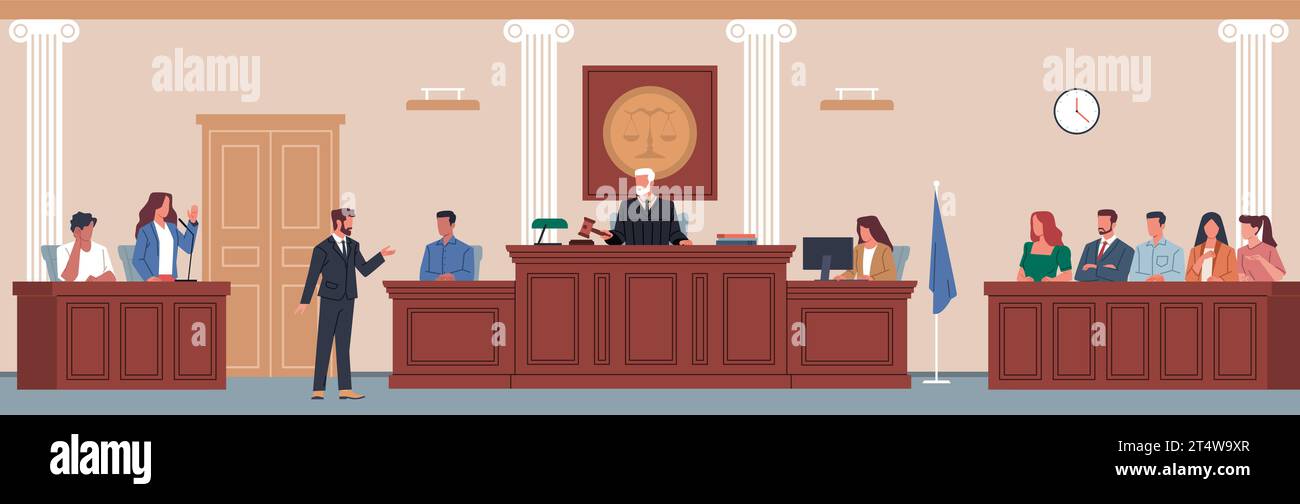Trial Presentation Professional Support for Legal Practices and Court Cases
Trial Presentation Professional Support for Legal Practices and Court Cases
Blog Article
Elevate Your Lawful Video Game: Proven Techniques for Impactful Trial Presentations
In the competitive field of test regulation, the capability to provide an engaging instance can considerably influence results. By recognizing the details of your audience and using calculated techniques, you have the prospective to transform your court room technique. From crafting a story that resonates on a personal degree to leveraging visual aids that make clear intricate disagreements, each element plays a crucial duty in appealing jurors. The subtleties of body language and the significance of extensive technique can not be forgotten. What techniques will you implement to guarantee your following test discussion leaves a long-term influence?
Comprehending Your Target Market

Recognizing your audience is essential for delivering a reliable trial presentation. A comprehensive understanding of jurors' demographics, histories, and mindsets can considerably affect how your arguments are received. Tailoring your discussion to resonate with their experiences and viewpoints promotes involvement and understanding, therefore enhancing the convincing impact of your case.
Begin by analyzing possible predispositions that might influence jurors' understandings. Additionally, consider the emotional facets of decision-making; jurors are usually affected by feelings, social dynamics, and team actions.
Additionally, efficient communication is critical. Utilize clear language and relatable instances to clarify complex lawful principles. Engaging visuals, when suitable, can also help in retention and understanding. Ultimately, comprehending your audience allows you to craft a presentation that not only notifies but likewise convinces, therefore enhancing the probability of a favorable decision.
Crafting a Compelling Narrative
Crafting a compelling story is crucial for mesmerizing a jury's attention and properly conveying the significance of your situation. A well-structured narrative weaves together truths, emotions, and styles that reverberate with jurors on both intellectual and psychological levels. Begin by identifying the core message you want to interact, and ensure that every element of your discussion sustains this central motif.
Use storytelling techniques to humanize your customer and the scenarios bordering the situation. Present relatable personalities, create tension, and provide a clear conflict that requires resolution. This strategy not just involves jurors however additionally promotes their understanding of complex lawful problems by framing them within a relatable context.
Use basic language and prevent legal lingo that may push away jurors. By understanding the art of story, you can dramatically improve the persuasiveness of your trial presentation.
Using Aesthetic Aids Properly
Aesthetic help act as effective devices in test discussions, improving the jurors' comprehension and retention of critical info. Efficient visual aids can simplify complex data, illustrate relationships, and highlight crucial factors, making them vital in lawful contexts.
When choosing visual aids, consider the quality and importance of each item. Charts, charts, and infographics can boil down substantial info into digestible layouts, enabling jurors to understand vital facts quickly. Photographs and video clips can evoke emotional responses, developing a much more profound link to the read this post here situation narrative.
It is crucial to make certain that aesthetic help are expertly designed and conveniently understandable. Avoid chaotic slides or excessively elaborate graphics that might puzzle as opposed to make clear. A great post to read constant style, consisting of font option and shade plan, can enhance the general impact and professionalism and trust of the presentation.
Including visual help needs strategic timing; present them at turning points to reinforce your debates. Furthermore, practice transitioning in between verbal explanations and aesthetic material flawlessly to preserve involvement. Ultimately, when made use of effectively, aesthetic aids can dramatically reinforce your test presentation, making your debates more convincing and remarkable to jurors.

Mastering Body Language
Reliable body language can significantly affect the outcome of a test presentation. Jurors and courts are commonly subconsciously influenced by non-verbal cues, which can either enhance or threaten the trustworthiness of the speaker. Understanding body language entails recognizing the subtleties of pose, gestures, faces, and eye call.
Embracing an open posture can communicate self-confidence and approachability, while closed poses might suggest defensiveness or unpredictability. Motions ought to be deliberate and aligned with the talked message, serving to highlight bottom lines as opposed to sidetrack from them. For instance, utilizing hand activities to illustrate an idea can improve understanding and retention.
Facial expressions play a crucial role in communicating emotions and purposes - trial presentation. A sincere smile or a furrowed eyebrow can convey read what he said empathy or worry, specifically, influencing how the audience views the situation. In addition, keeping appropriate eye call establishes a connection with jurors and demonstrates sincerity
Practicing for Perfection
Understanding body movement is simply one part of supplying a powerful trial presentation; rigorous practice is just as vital for ensuring that every aspect of the performance straightens flawlessly. Reliable practice enables lawyers to improve their debates, expect counterarguments, and develop actions that are both compelling and concise.
To achieve perfection, trial attorneys must take part in purposeful wedding rehearsal sessions, ideally before peers or advisors who can offer positive responses. This strategy not only enhances spoken shipment but additionally constructs confidence in handling unanticipated court dynamics. Recording practice can use important understandings into pacing, tone, and body movement, allowing attorneys to make essential modifications.
Additionally, imitating court conditions-- full with time restrictions and potential disruptions-- can help lawyers adjust to the real trial setting. This practice makes sure that every component, from opening declarations to closing debates, is delivered with accuracy and authority.

Verdict
Incorporating tested approaches for impactful trial discussions dramatically enhances the efficiency of lawful arguments. trial presentation. By integrating these components, lawful professionals can produce remarkable courtroom experiences that resonate with jurors, eventually affecting their decision-making procedures and boosting instance outcomes.
Report this page